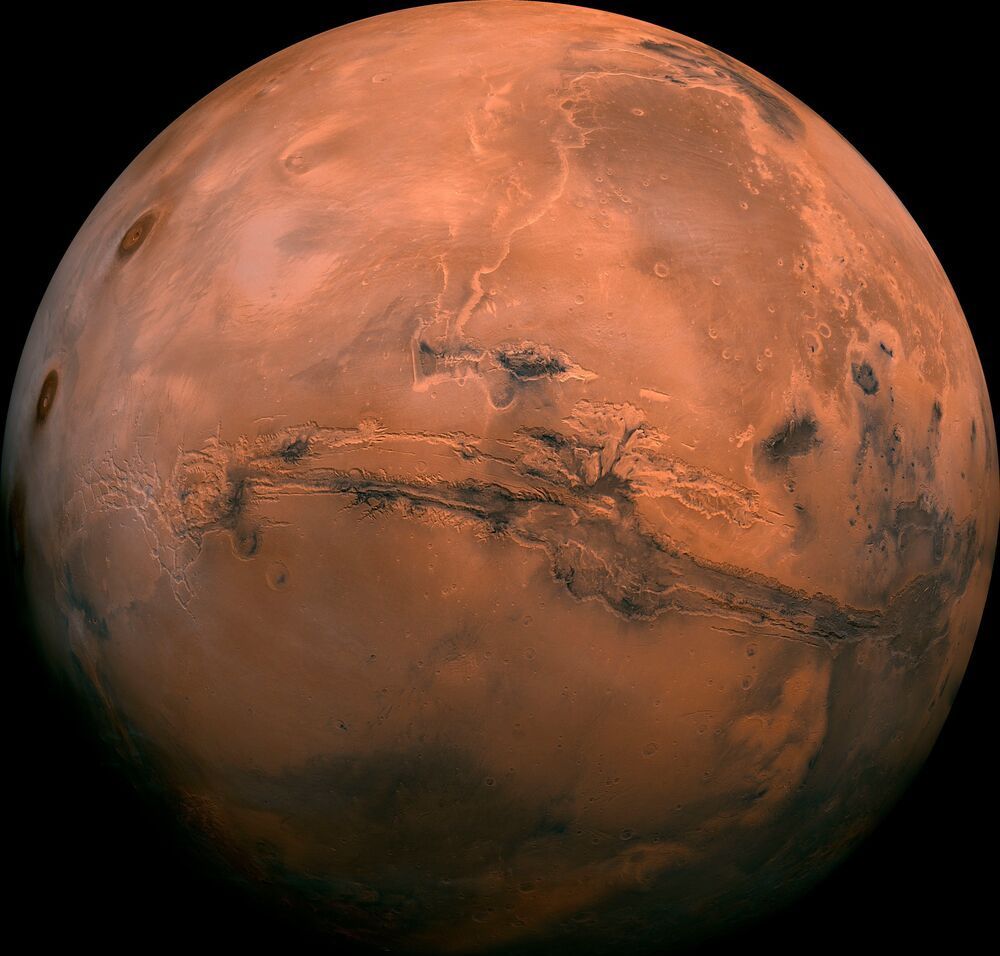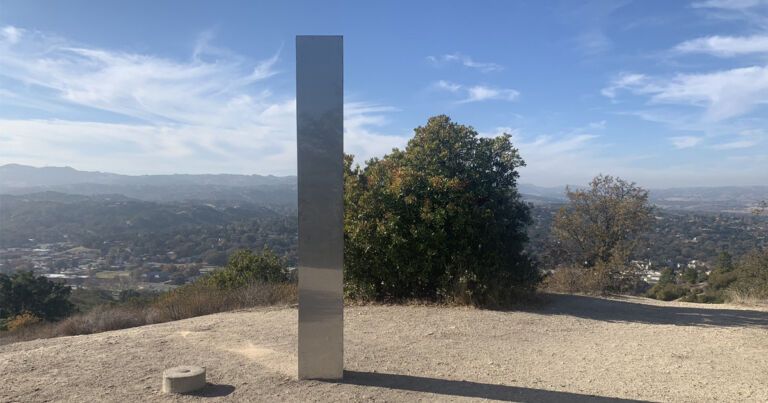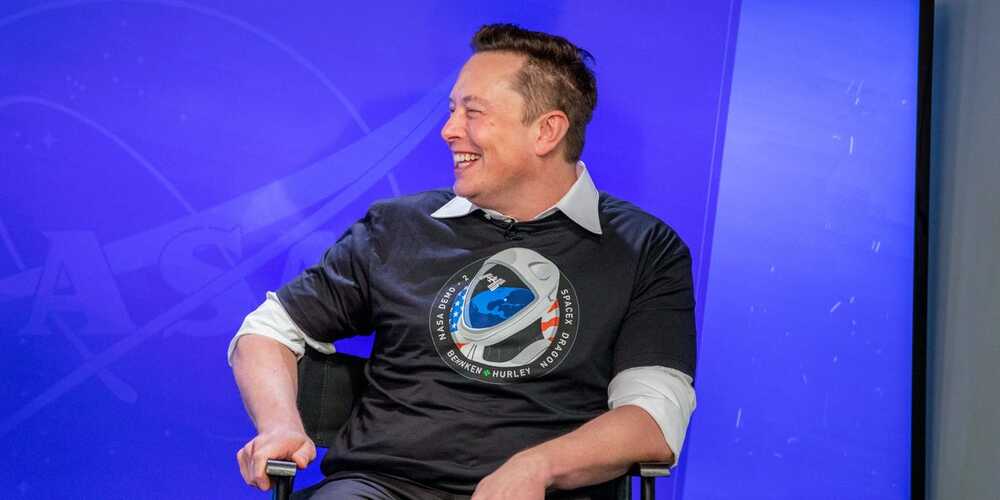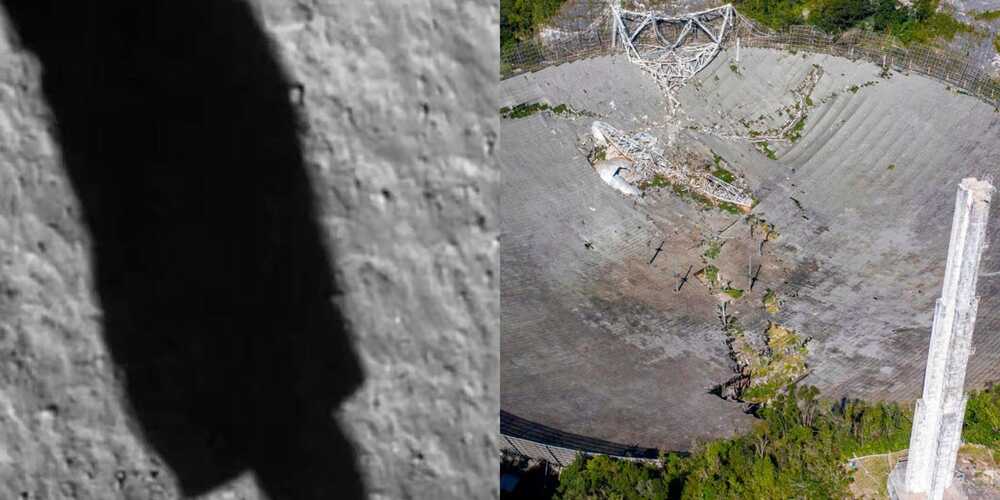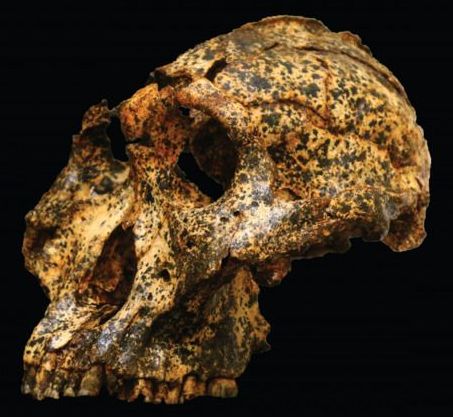Champions Place is the first shared living community for young adults in Roswell, Georgia. Designed with and for people with disabilities. In addition to providing community living, Champions Place provides year-round volunteer engagements, community outreach, and social activities through programs such as the Titan Community, a wheelchair sports team. With the help of Google assistive technology, Champions residents can live more independently in their new home. Learn more about Champions Place at championscommunityfoundation.org.
About Champions Place: http://www.championscommunityfoundation.org/championsplace.
About Titan Community: http://www.championscommunityfoundation.org/titans-what-we-do.
Tweet with us on Twitter: https://twitter.com/google.
Follow us on Instagram: https://www.instagram.com/google.
Join us on Facebook: https://www.facebook.com/Google
